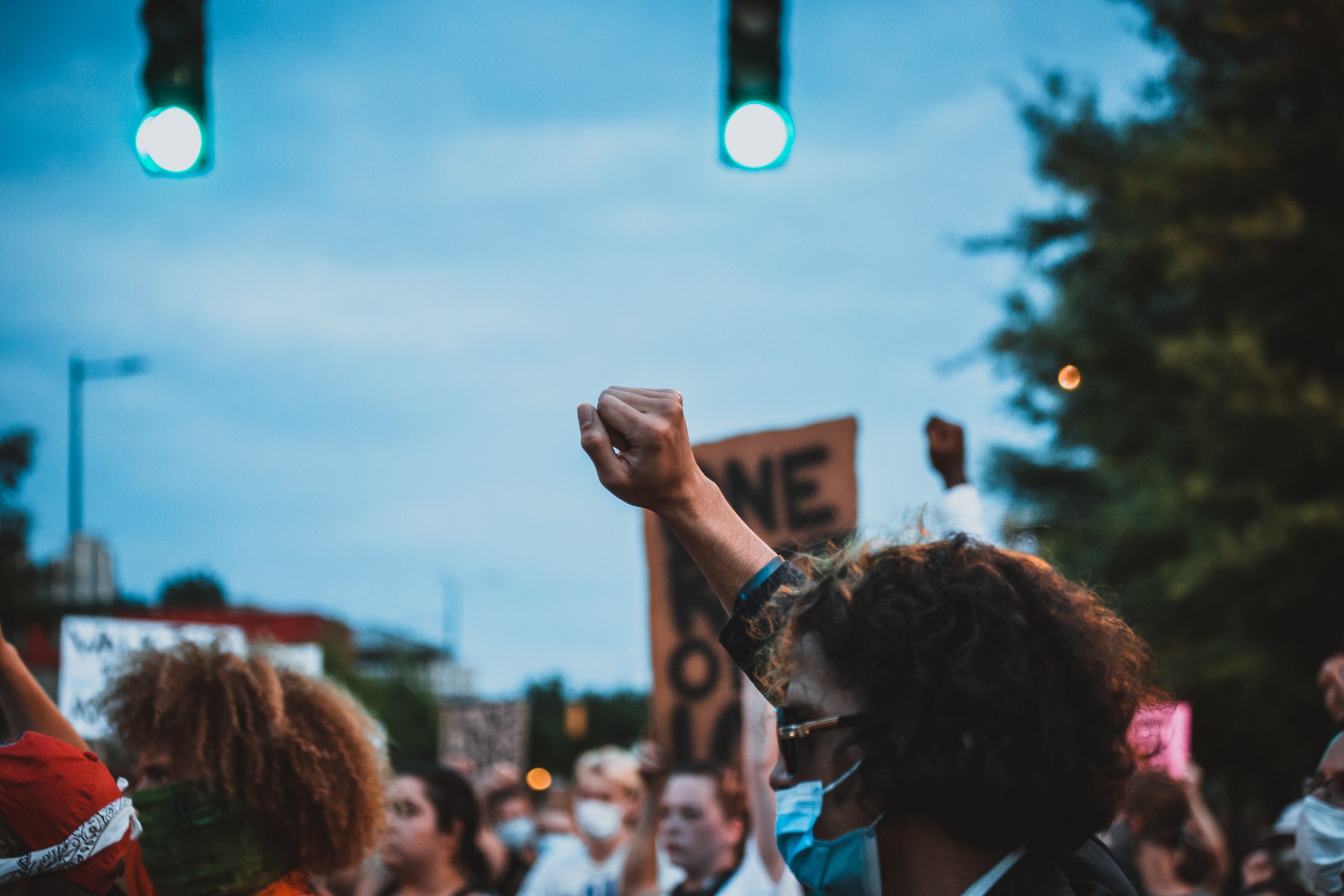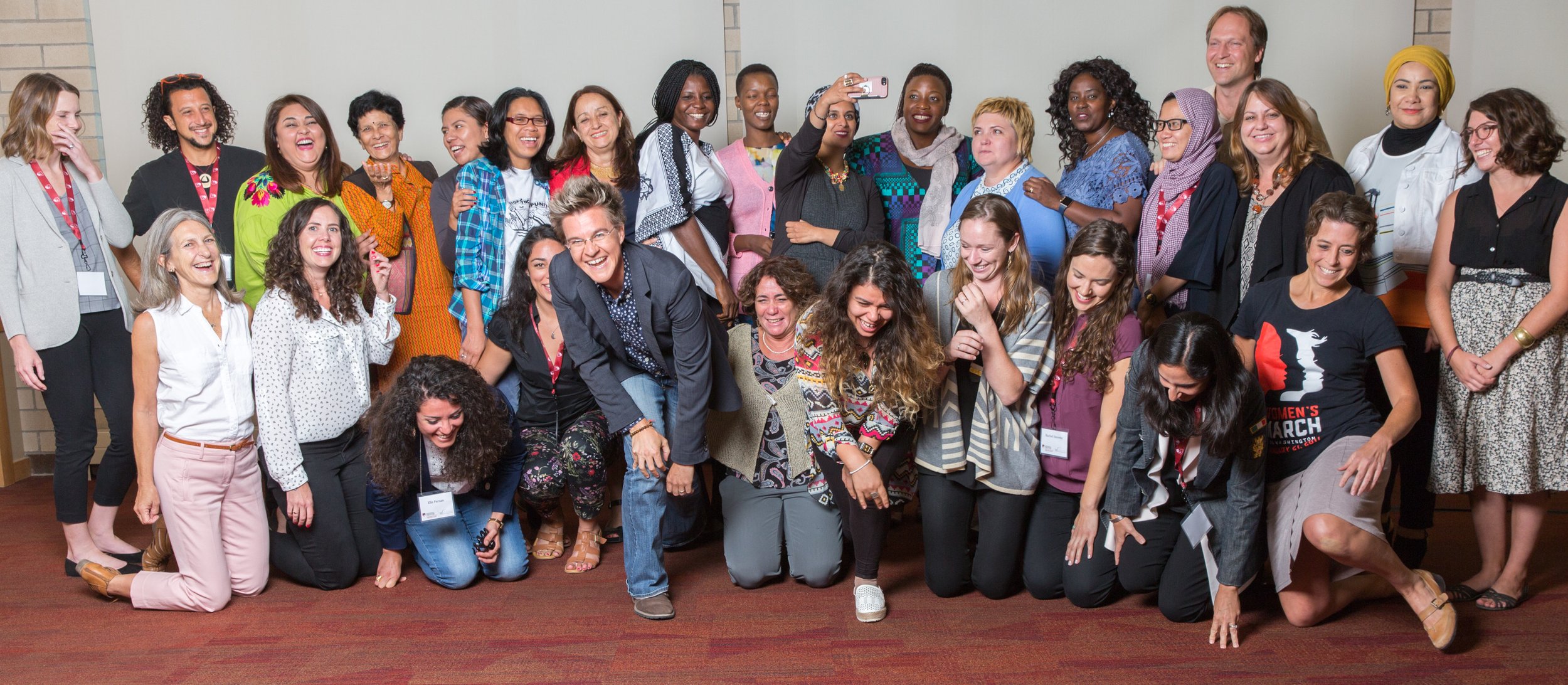
Resources
How & Why Civil Resistance Works

“Resisting the temptation to take up arms against a dictator isn’t just a moral thing to do — it’s also the most effective way to win.” - Erica Chenoweth, PhD
-
Implicit in recent scholarly debates about the efficacy of methods of warfare is the assumption that the most effective means of waging political struggle entails violence. Among political scientists, the prevailing view is that opposition movements select violent methods because such means are more effective than nonviolent strategies at achieving policy goals. This research article essentially proves this notion wrong with empirical findings that further affirms that not only is non civil resistance more effective, it is also more strategically sustainable.
-
Op-ed from Waging Nonviolence that takes a look at the Black Lives Matter movement’s surge in the summer of 2020. This op-ed is a good starting point to frame our understanding of why nonviolence, and how. Most importantly, the article convey a bottom-linehere. message that clarifies what is often misunderstood about civil disobedience: nonviolent resistance is anything but a passive response to state violence. It is, rather, an intentionally disciplined strategy for organizing, and one that works.
-
An analysis of the nature, causes, and significance of violence in the second half of the twentieth century. Arendt also reexamines the relationship between war, politics, violence, and power.
-
This article speaks about how nonviolent resistance campaigns have more chance of succeeding than violent ones do because the tools used in nonviolent campaigns have a higher success rate - thereby proving both Martin Luther King and Gandhi’s points about nonviolence.
Download here:
-
This is a case study that traces the development of conflict in Nepal over the past thirty years, with a specific emphasis on the 2006 civil resistance campaign and subsequent peace process that led to the resolution of the country’s decade-long Maoist insurgency.
-
A 10-point list on why nonviolent resistance is more effective than other forms of resistance and how it was important to the United States during the Trump presidency.
-
The article uses Foucault’s theory on power to understand how non-violent movements challenge power. The article argues that resistance to domination is not “counter-power” but rather about undermining subordination - which the author terms as anti-power. Resistance is about breaking power relations that try to maintain oppressive hierarchies.
-
The introductory gives an overview of the book which tries to look at cross-national variations in the trajectories of non-violent movements and the characteristics and political contexts that help sustain them during times of repression.
-
A short glimpse on what activists in Western countries like the U.S. can learn from activists in the global South, particularly Argentina's Green Wave/ Ni Una Menos movement.
Aluel A., 2019 IGLI Participant
Farida N., 2019 IGLI Co-Host

